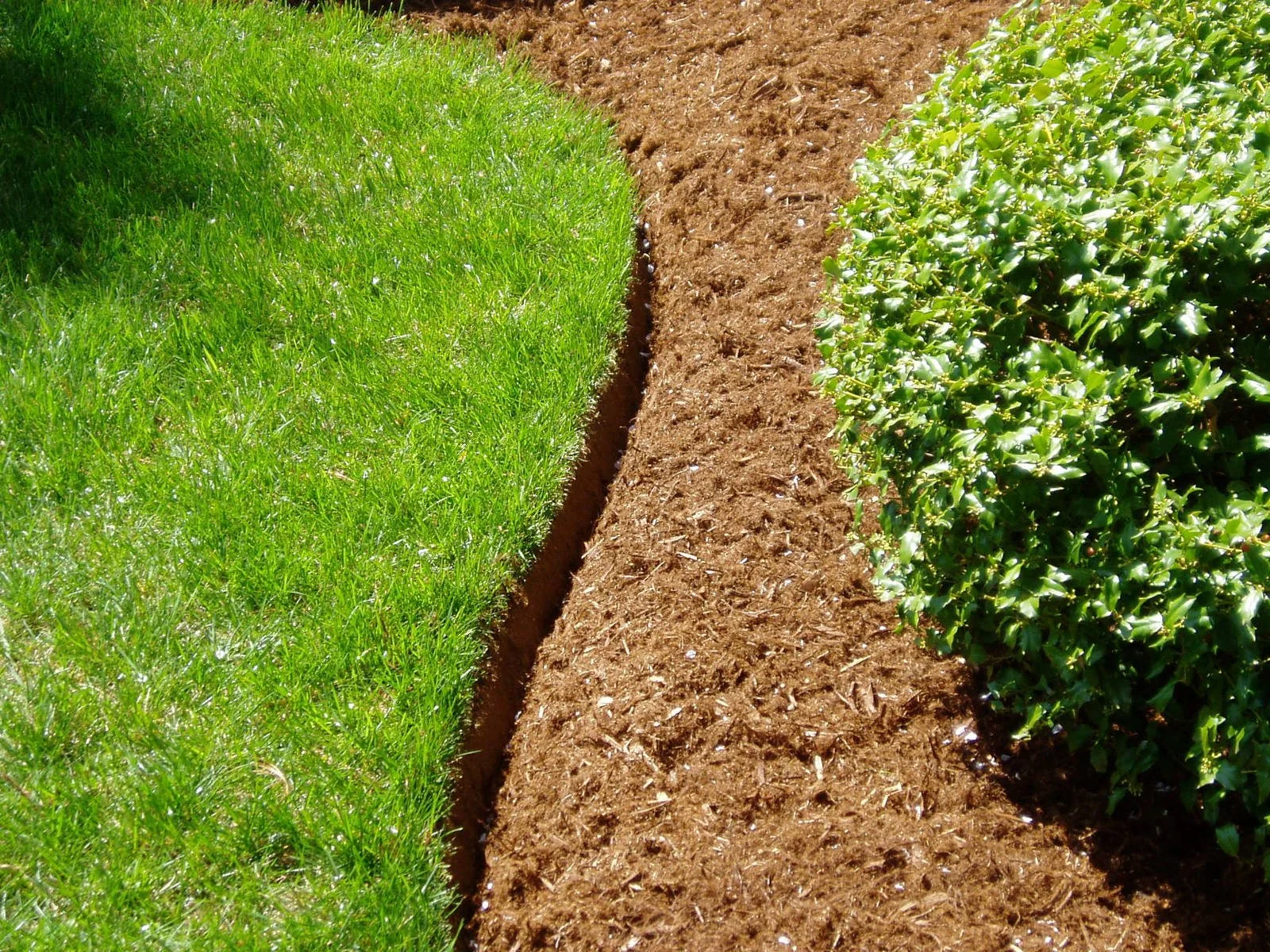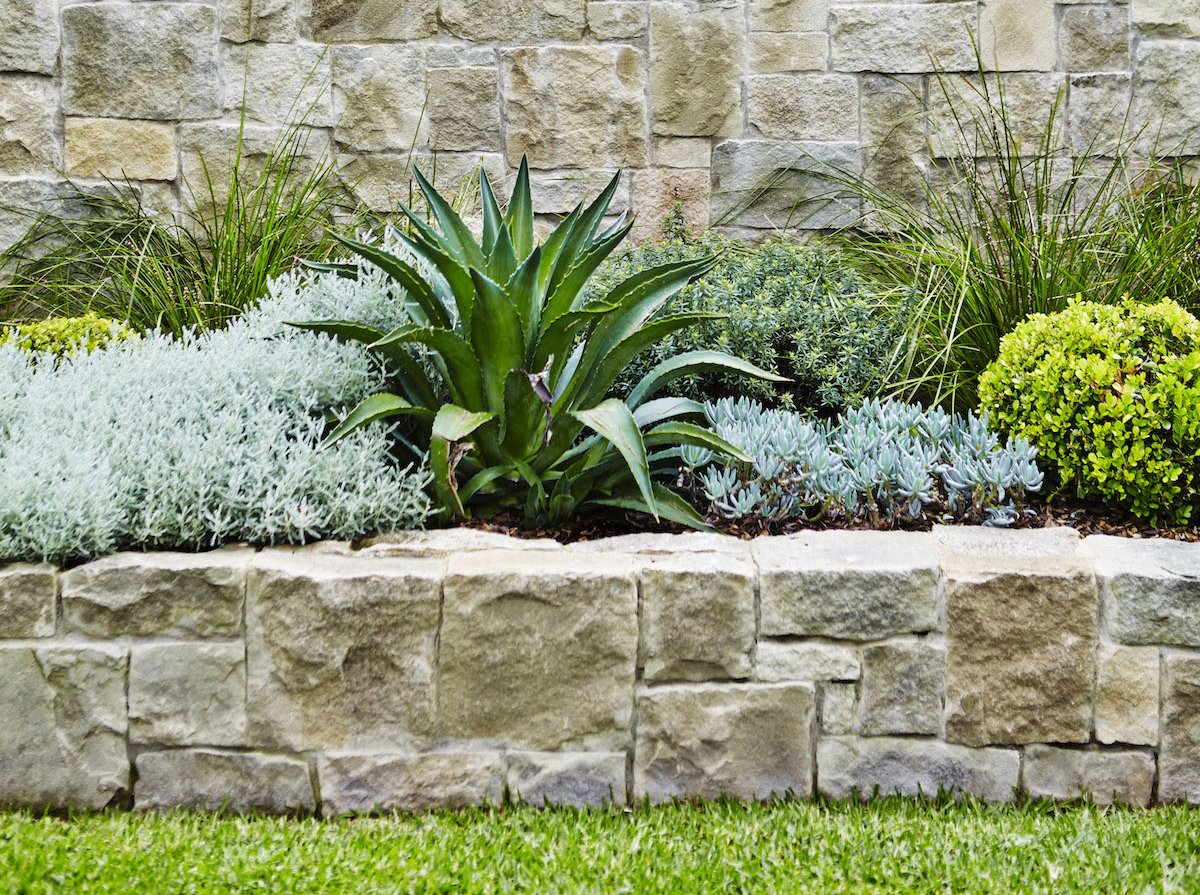What garden edge is best for your backyard?
Garden edging is a relatively low-cost way to improve the appearance of an overgrown garden by defining the lawn and garden space and preventing plants from encroaching on the turf. A well-defined edge can improve garden longevity, outline spaces, and reduce maintenance.
On a recent project, a client was looking to modernise an old and poorly laid out pool and yard. The property had a plethora of overgrown native palm trees and ferns that shaded the lawn and absorbed the majority of the remaining usable space. Both the client and I agreed that it would be a shame to lose such a beautiful green oasis, but we were eager to better define the space to accommodate gatherings, bbqs, and children's play. To achieve this, Nangle looked to a number of edging materials which could create visual interest and define the planting areas.
Here are three of my favourite garden edge choices:
Metal
The use of aluminium, galvanised and steel edging has been growing in popularity for residential work. These are an excellent alternative to plastic edging and are available in a variety of colours, including natural and powder coat. Untreated steel allows for a rusted corten finish, which can add a lovely warm touch to a garden.
This product can be used as a subtle edge, sunken into the soil to sit flush with the lawn and surrounding garden area. But it can also be used to create an accent, being raised over 40cm above the ground to serve as a low planter wall.
While steel or aluminium may appear to be expensive materials, their ease of installation makes them suitable for DIY projects, and they are robust and long-lasting compared to other alternatives. Different suppliers have slightly different installation methods, but they usually require little digging and often allow you to hammer them directly into the ground with a few stakes.
Spade Edge
For a truly cost effective solution, a spade is perfect for large gardens. An edge is created between the turf and garden bed using a spade to create a 90° drop into the turf, and a 45° return into the garden bed. The abrupt change in direction keeps plants and mulch from spreading into your lawn and keeps turf from growing into the garden bed.
While inexpensive and effective, the spade edge does need to be maintained every few months. This is an excellent solution for a do-it-yourself gardener with a limited budget or a large garden space to cover - or as a temporary measure before hiring a designer or contractor to install a more robust system.
Masonry
A truly robust solution, brick, natural stone or concrete blocks, are great multi-use materials within the garden which offer a multitude of design aesthetics. Simply laying large stones along a garden edge can create a reasonable barrier between lawn and garden while maintaining a naturalistic theme. However, stacked brick, block or stone brings additional benefits.
Masonry edging can be kept low or even flush with the ground for a clean look, or it can be raised to form a low wall and celebrated as a focal point in your garden design. Careful layout of masonry walls can also allow them to serve as seating around a fire pit, dining table or gathering area.
This kind of robust edging can vary widely in installation, depending on the height of the edge and if it will be retaining soil or existing vegetation. It is recommended that you dig a trench to place rock in order to help reduce the chance for lawn or weeds to grow through. Depending on how high the edging will go, or if it will be retaining soil, it can range from in cost and labour.
Masonry installation can vary greatly. It is recommended that you dig a trench to place rock in, both creating a structural base and to help reduce the possibility of lawn or weeds growing through. Cost and labour can also vary depending on how high the edging will go or if it will retain soil.



